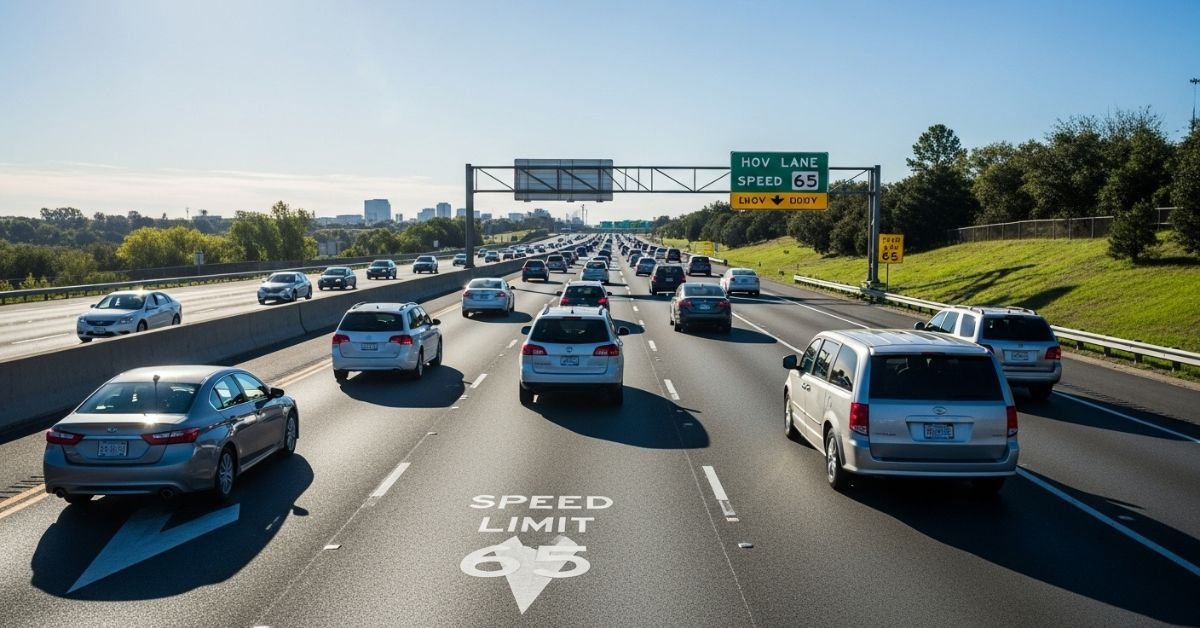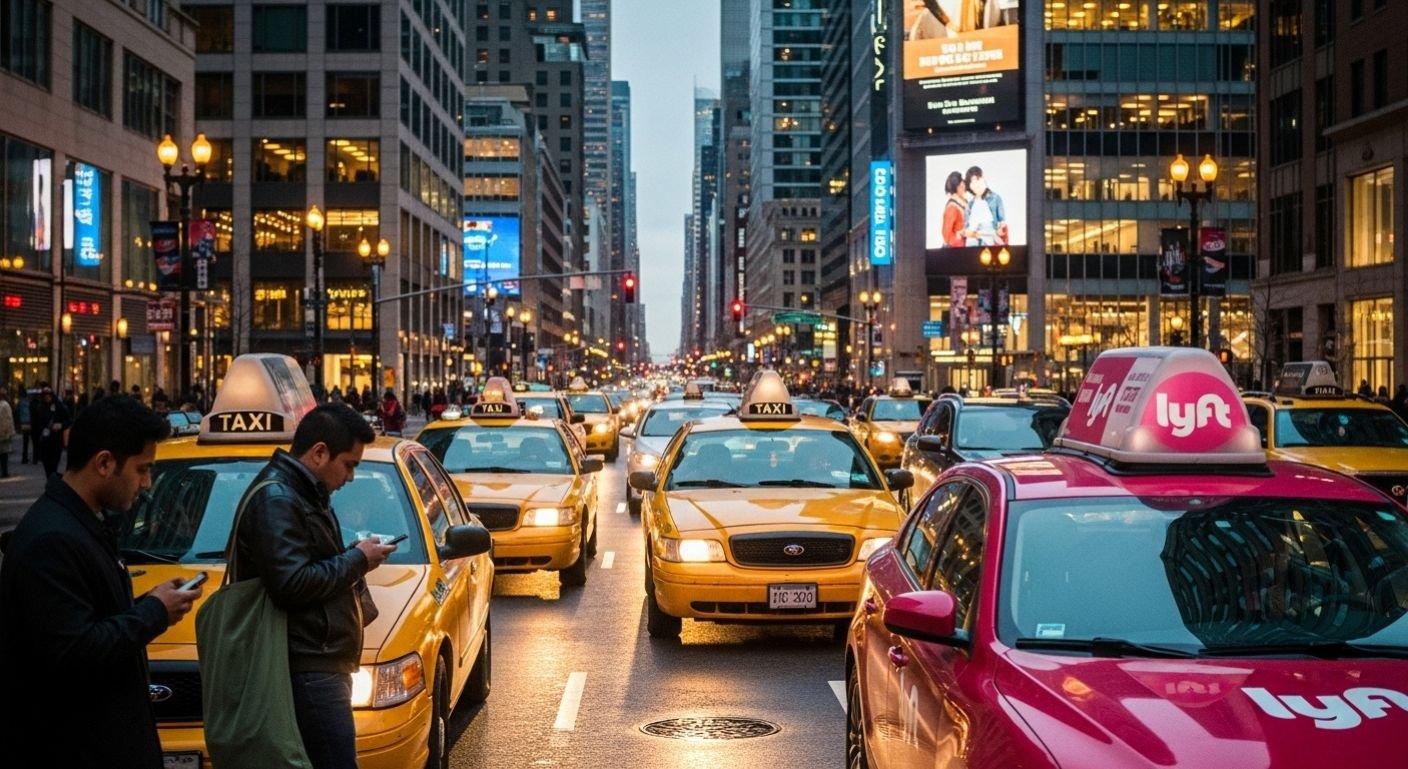Carpool lanes, often marked by bright signage and distinctive markings, have become a familiar sight on highways across the country. They promise faster travel for those who share rides with others, easing congestion while promoting eco-friendly commuting habits. But how much do you really know about these special lanes? From understanding their speed limits to navigating state-specific regulations, there’s more to carpooling than simply hopping in a vehicle with friends or coworkers.
As traffic continues to grow and environmental concerns rise, carpool lanes serve as an effective solution for many drivers. However, knowing the rules of engagement is crucial for safety and compliance. Let’s delve into what makes carpool lanes unique—including their benefits—alongside some essential tips for staying safe while cruising at higher speeds than your average lane might allow. Whether you’re a seasoned commuter or considering joining the carpool revolution, this guide will help you navigate the ins and outs of driving in those coveted lanes.
Contents
What is a Carpool Lane?
A carpool lane, often referred to as an HOV (High-Occupancy Vehicle) lane, is a designated section of the road meant for vehicles carrying multiple passengers. These lanes are typically marked by special signs and pavement markings that help drivers identify where they can access them.
The main goal of carpool lanes is to reduce traffic congestion. By encouraging more people to share rides, these lanes promote efficient use of road space and lower emissions from single-occupancy vehicles.
In most cases, only cars with at least two or three occupants are allowed in these lanes. Some regions even permit certain types of low-emission vehicles to use the carpool lane regardless of passenger count.
This unique setup not only helps speed up travel times for those who participate but also contributes positively to environmental efforts by decreasing the number of cars on the road.
Benefits of Using the Carpool Lane
The carpool lane offers a distinct advantage for commuters looking to save time. These lanes are typically less congested, allowing vehicles with multiple passengers to bypass heavy traffic during peak hours.
Fuel efficiency is another perk. Sharing rides means fewer cars on the road, leading to reduced fuel consumption and lower emissions. This not only benefits your wallet but also contributes positively to the environment.
Additionally, using the carpool lane can foster community connections. It encourages social interaction among riders who might otherwise be strangers, turning mundane commutes into opportunities for conversation and networking.
Moreover, many regions offer incentives like reduced tolls or parking perks for those utilizing these lanes. Such benefits make it even more appealing for drivers considering alternatives to solo travel.
Understanding the Speed Limit in Carpool Lanes
Carpool lanes, also known as high-occupancy vehicle (HOV) lanes, are designed to promote carpooling and reduce traffic congestion. However, understanding the speed limits specific to these lanes can be tricky.
Typically, carpool lanes have the same speed limit as regular highway lanes. Yet in some areas, you may find a different limit intended to encourage smoother flow among vehicles with multiple passengers.
Always pay attention to posted signs; they often clarify any unique regulations for that stretch of road. Some states impose stricter enforcement of speed limits in HOV lanes compared to general traffic.
It’s essential not only for safety but also for compliance with local laws. Ignoring these specifics can lead to hefty fines or penalties—something every driver should avoid when navigating busy roads.
State Differences in Carpool Lane Speed Limits
Carpool lane speed limits vary significantly across states. In California, for instance, the typical limit is 65 mph. This encourages efficient travel while maintaining safety.
Meanwhile, Texas adopts a more flexible approach. Many carpool lanes adjust their speed limits based on traffic conditions, allowing drivers to navigate congested areas without excessive delays.
On the East Coast, New York utilizes different rules altogether. Here, some carpool lanes have lower speed limits during peak hours to manage congestion effectively.
In contrast, Florida’s carpool lanes maintain consistent speed limits throughout the day at around 55 mph. This promotes safer driving while still supporting ride-sharing initiatives.
Understanding these differences is crucial for commuters traveling between states or planning road trips that involve multiple regions with varying regulations. Awareness can help avoid unnecessary fines and enhance overall road safety.
Safety Tips for Driving in the Carpool Lane
Driving in the carpool lane can save time, but safety is paramount. Always check your mirrors before changing lanes. The fast-paced nature of these lanes means you need to be aware of surrounding vehicles.
Maintain a safe following distance. This gives you room to react if traffic slows suddenly. Tailgating not only endangers you but also other drivers.
Use turn signals consistently when merging into or out of the carpool lane. Clear communication helps prevent accidents and keeps everyone on the road informed about your intentions.
Be mindful of pedestrians and cyclists near exit ramps. They might cross unexpectedly, so stay alert at all times.
Avoid distractions like mobile phones or loud music while driving in this lane. Focus enhances reaction time and contributes to overall road safety for everyone involved.
Consequences of Breaking Carpool Lane Rules
Breaking carpool lane rules can lead to hefty fines. Most states impose significant penalties for solo drivers in these designated lanes.
Additionally, law enforcement often prioritizes these violations. You might find yourself pulled over unexpectedly. This not only disrupts your journey but can also result in a mark on your driving record.
Repeat offenders face harsher consequences. Increased fines and potential points added to their license are common repercussions.
Moreover, violating carpool lane regulations impacts overall traffic flow. It undermines the purpose of these lanes—reducing congestion and encouraging ridesharing.
Insurance companies may also take notice of infractions like this. A history of breaking traffic laws could raise your premiums or even lead to policy cancellation.
Understanding the rules is crucial for all drivers sharing the roadways. Knowing what’s at stake helps everyone stay safe while maximizing lane efficiency.
Also Read Latest Post:
Arizona Carpool Lane Rules – Timings, Fines & Exemptions
Conclusion
Carpool lanes serve a vital role in managing traffic and promoting eco-friendly commuting. Understanding the rules, benefits, and specific regulations surrounding these lanes can enhance your driving experience while ensuring safety for everyone on the road.
By embracing carpooling, you not only contribute to reducing congestion but also enjoy faster travel times in designated lanes. However, it’s essential to be aware of speed limits that differ from state to state. Adhering to these regulations is crucial as they are designed with safety in mind.
When utilizing carpool lanes, prioritizing safety helps create a smoother flow of traffic. Always remain vigilant and courteous; this not only protects you but also those sharing the road. It’s wise to familiarize yourself with local laws since penalties for breaking carpool lane rules can be severe.
The next time you’re considering your commute options, remember how beneficial carpooling can be—not just for you but for the environment too. Embrace the advantages of using carpool lanes while adhering strictly to their guidelines for a more enjoyable journey ahead.




